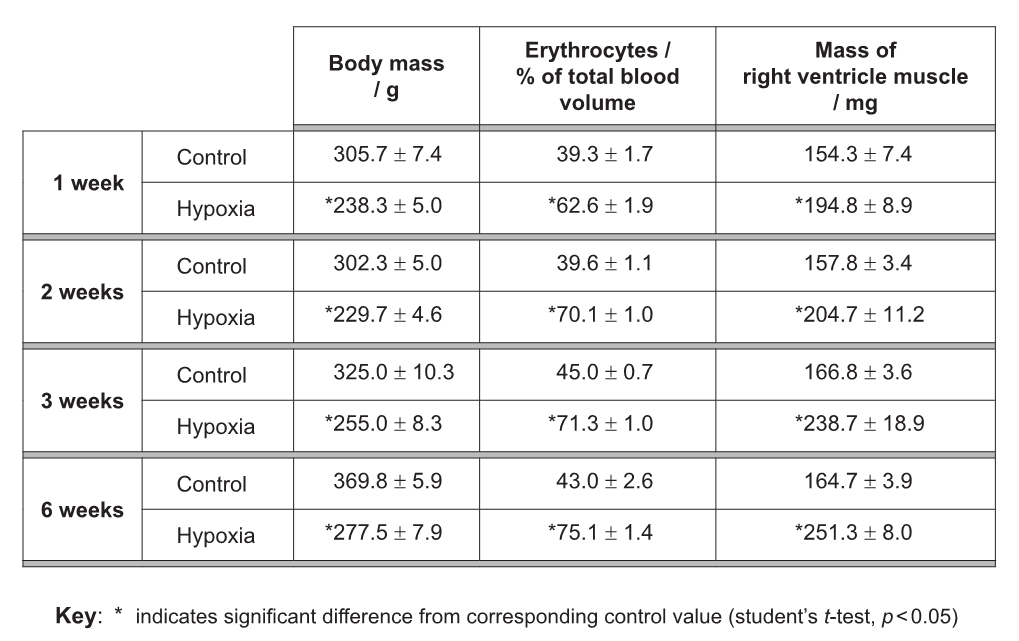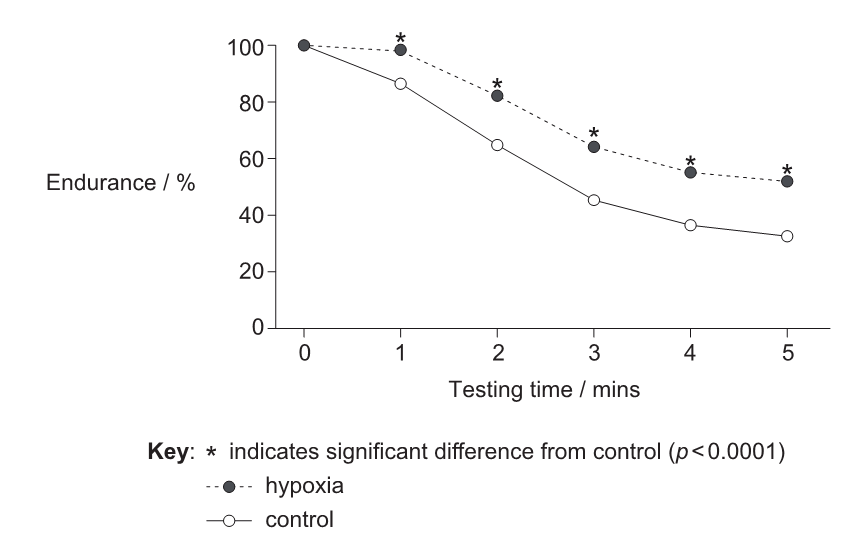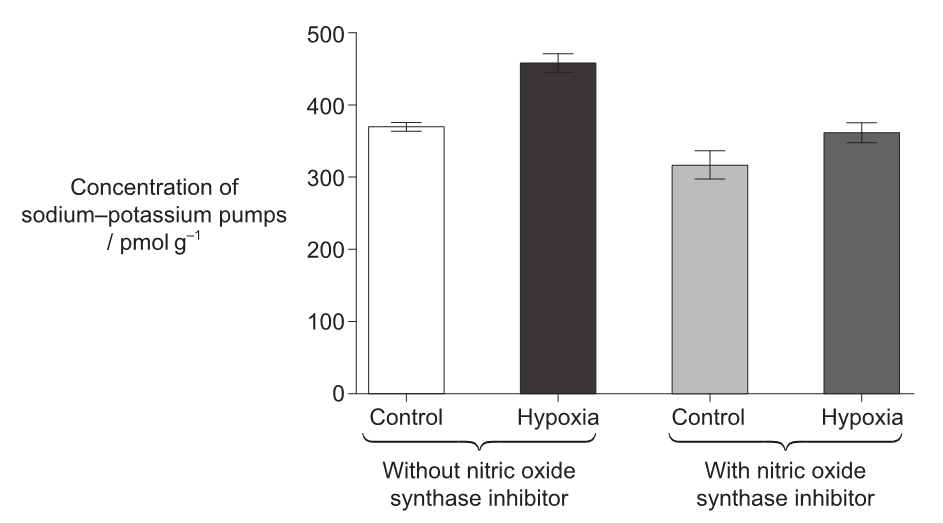Question
- (a) Outline the process of inspiration in humans. [4]
- (b) Describe the functions of valves in the mammalian heart. [4]
- (c) Explain how blood solute concentrations are kept within narrow limits in the human body. [7]
▶️Answer/Explanation
Ans:
a
a. diaphragm and external intercostal muscles contract ✔
b. diaphragm moves down/becomes flatter
OR
external intercostals raise the ribcage/move the ribcage up/out ✔
c. muscles/diaphragm/intercostals increase volume of thorax/expand the thoraxOR
muscles/diaphragm/intercostals decrease pressure in the thorax ✔d. as volume «of thorax/lungs» increases the pressure decreases ✔
e. air enters «lungs» due to decreased pressure/higher pressure outside body ✔
f. air flows to lungs through trachea and bronchi/bronchioles ✔
b
a. prevents backflow/ensures one-way flow/controls direction of flow ✔
b. open valves allow blood to flow through
OR
opening and closing of valves controls timing of blood flow «during cardiac cycle» ✔
c. closed «semilunar» valves allow ventricles/chambers to fill with blood
OR
closed «semilunar» valves allow pressure in ventricles to rise «rapidly» ✔
d. valves open when pressure is higher upstream/OWTTE/converse for closed valves ✔
e. AV/bicuspid/tricuspid/mitral valves prevent backflow from ventricle to atrium
OR
AV/bicuspid/tricuspid/mitral valves open when pressure in atrium is higher «than in the ventricle»/when atrium is pumping/contracting ✔
f. semilunar/aortic/pulmonary valves prevent backflow from artery to ventricle
OR
semilunar/aortic/pulmonary valves open when pressure in ventricle is higher «than in the artery»/when ventricle is pumping/contracting ✔
c
a. solute concentration of blood monitored by the brain/hypothalamus ✔
b. pituitary gland secretes ADH ✔
c. ADH secreted when solute concentration/osmolarity is too high/a person is dehydrated/OWTTE ✔
d. collecting duct more permeable to water ✔
e. «more» aquaporins/opens aquaporins «in the plasma membrane of collecting duct cells» ✔
f. «more» water reabsorbed «into the medulla» ✔
g. medulla is hypertonic/hyperosmotic «so water can be reabsorbed from filtrate» ✔
h. small volume of urine/concentrated urine produced «with ADH» ✔
i. no/little/less ADH secreted if «blood» solute concentration is too low ✔
j. collecting duct less permeable to water/less water reabsorbed/large volume of urine produced/dilute urine produced «with low/no ADH» ✔
k. insulin causes blood glucose «concentration» to be reduced ✔
l. glucose stored as glycogen in the liver ✔
m. glucagon causes blood glucose «concentration» to be increased ✔
n. negative feedback ✔
Question
Hypoxia is a condition in which tissues of the body are deprived of an adequate oxygen supply. A study was carried out in rats to examine the effects of continuing hypoxia on the structure of the diaphragm, and to determine whether nitric oxide is implicated in adaptation of the diaphragm to hypoxia. The diaphragm helps to supply oxygen to tissues and organs in the body by ventilating the lungs.
A group of 36 adult male rats were kept for 6 weeks in low oxygen while 36 adult male rats were kept in normal oxygen levels.

[Source: Reproduced with permission of the © ERS 2011. European Respiratory Journal June 2011, 37 (6) 1474–1481; DOI: 10.1183/09031936.00079810]
The graph shows the effect of hypoxia on the endurance of rats’ diaphragm muscle after 6 weeks. Endurance is the change in force measured as a percentage of the initial force.

[Source: Reproduced with permission of the © ERS 2011. European Respiratory Journal June 2011, 37 (6) 1474–1481; DOI: 10.1183/09031936.00079810]
The sodium–potassium pump plays a role in muscle activity. Nitric oxide may have a role in the recovery of hypoxic muscles. The production of nitric oxide can be blocked with an inhibitor of the enzyme nitric oxide synthase. The graph shows the concentration of sodium–potassium pumps in the diaphragm of control and hypoxic rats without and with nitric oxide synthase inhibitor.

[Source: Reproduced with permission of the © ERS 2011. European Respiratory Journal June 2011, 37 (6) 1474–1481; DOI: 10.1183/09031936.00079810]
Skeletal muscle contractions can take two different forms: if they are stimulated by a single action potential they take the form of a twitch and if they are stimulated by a series of action potentials the contraction is longer lasting (tetanic). The table shows the effects of hypoxia on the force of twitch and peak tetanic contraction in the diaphragm.

[Source: Reproduced with permission of the © ERS 2011. European Respiratory Journal June 2011, 37 (6) 1474–1481; DOI: 10.1183/09031936.00079810]
Outline the effect of hypoxia on body mass and erythrocyte percentage.
Using the data in the graph, deduce whether hypoxia increases or decreases the endurance of the rats’ diaphragm muscle.
Using the data presented in this question, explain the effect of hypoxia on the body.
Analyse the graph to obtain two conclusions about the concentration of sodium–potassium pumps.
Muscle fibres are stimulated to contract by the binding of acetylcholine to receptors in their membranes and the subsequent depolarization.
Suggest a reason for increasing the concentration of sodium–potassium pumps in the membranes of diaphragm muscle fibres.
Outline the effect of hypoxia on the force of contraction of the diaphragm.
Hypoxia caused a 13 % increase in the surface area to volume ratio of the diaphragm. Suggest a reason for this change.
Using all relevant data in the question, evaluate the effectiveness of the rats’ adaptation to hypoxia.
Discuss the advantages and disadvantages of using rats as models in this investigation.
▶️Answer/Explanation
Markscheme
Erythrocyte percentage increased AND body mass reduced/smaller increase in mass
a. increases endurance «in relation to the control»
b. higher force/endurance at every testing time/throughout
OR
smaller decreases in force «over time»
c. the magnitude of the difference is similar throughout the five minutes experiment/testing
d. differences are «statistically» significant
e. endurance of control is «approximately» 35 % versus endurance of hypoxia «approximately» 55 % «after 5 minutes»
Accept ±5 % for both percentages
[Max 2 Marks]
a. diaphragm more endurance/stronger/generates more force for more ventilation/inspiration
b. right ventricle mass increases to pump more blood
c. erythrocyte percentage increases to transport oxygen
d. less growth/body mass which reduces oxygen demand
Reject “loss of body mass”
The physiological reason is required for each mark
[Max 2 Marks]
a. hypoxia increases the concentration of sodium–potassium pumps
b. nitric oxide needed for/stimulates «production of» sodium-potassium pumps
c. nitric oxide synthase inhibitor reduces the concentration of pumps
OR
concentration of pumps reduced by inhibiting nitric oxide production
Award up to [1] for a conclusion on lines labelled 1 and up to [1] for a conclusion on the lines labelled 2
[Max 2 Marks]
a. resting potential restored faster
b. increases the «maximum» frequency/rate of contractions
OR
can contract again sooner
Accept shorter refractory period for mpa
Do not accept faster contraction/depolarization/ repolarization
[Max 1 Mark]
reduces «force of» twitch AND peak tetanic contraction
a. decrease in volume/atrophy/loss of cells/less muscle fibres/less tissue in the diaphragm
b. SA to volume ratio increased to make oxygen uptake into muscle/cells faster
Do not accept reduction in area of diaphragm
[Max 1 Mark]
a. not effective because body mass lost
b. effective because body mass still increases/rats still grow
c. not effective because contractions/force exerted by diaphragm decreases
d. effective because more sodium-potassium pumps so more/faster rate of diaphragm/muscle contractions
e. effective because endurance of diaphragm increases
f. effective because mass of right ventricle increases
g. effective because erythrocyte percentage increases
For each marking point the candidate must make it clear whether they are arguing for adaptation being effective or not. This can be done by giving the physiological benefit of a change, for example greater mass of right ventricle so more blood pumped.
[Max 3 Marks]
Advantages:
a. small size
OR
easy to look after in research labs
b. short lifespan
OR
study can extend over several generations
c. can be killed «to get experimental results» if benefits of research justify it
d. «mammalian» so similarities with humans
e. fewer ethical objections than if humans are used/not ethical to subject humans to hypoxia/does not cause harm to humans
Accept any one of the advantages
Disadvantages:
f. ethical objections
OR
wrong to cause suffering to animals/rats
g. rat physiology/anatomy not same as human
Accept any one of the disadvantages
[Max 2 Marks]